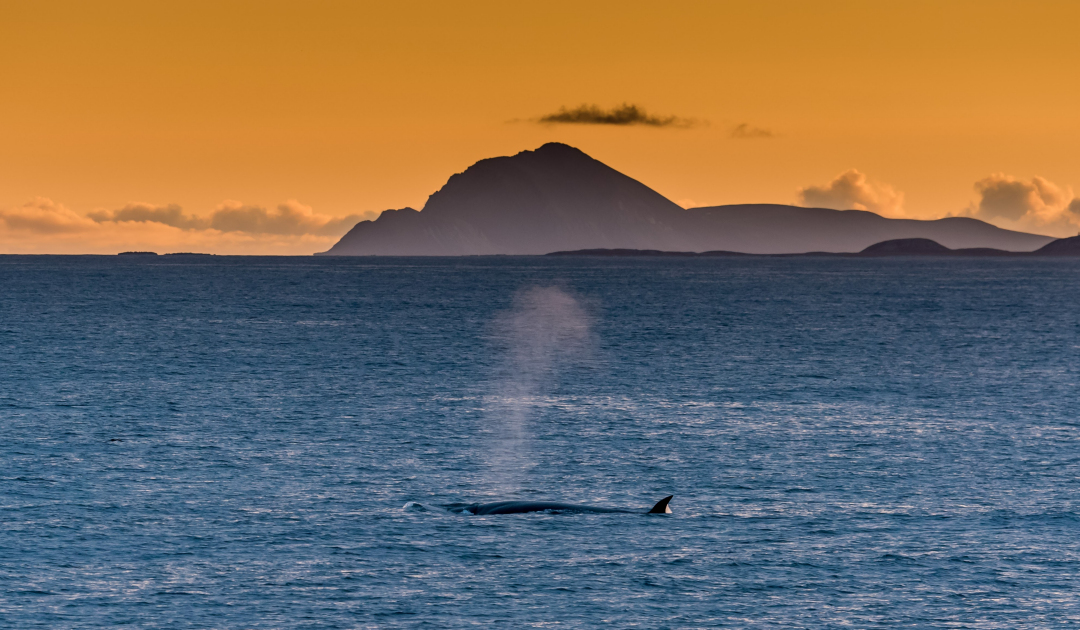
At the end of an Arctic season, many operators set out to show their passengers another corner of the Arctic when the ships make one more detour to East Greenland, usually between August and September. But what about the departure point of Svalbard in October? What does the archipelago look like just before winter lays its white sheet over the land? Which animals and are still there and how much and especially which light illuminates the whole polar scenery? And what would a crossing of the Barents Sea to northern Norway be like? These and other questions will be explored by the Swedish expedition travel company PolarQuest on a very special expedition next year.
Svalbard delivers the Arctic in a nutshell. From the lush tundra areas to the magnificent and (still) huge glaciers to the polar desert areas and the mighty ice sheets, one discovers just about every polar landscape form on Svalbard. And also, zoologically and botanically a substantial part of the Arctic diversity lives on the Norwegian administered archipelago. Thus, in summer, the islands offer to visitors actually everything the heart of an Arctic enthusiast desires. Or maybe not? Because two things are missing when you are up there between June and September: big icebergs and auroras. While the former can be seen mainly further east in Greenland, auroras are a part of Svalbard, but not during the peak season. And that is one of the reasons why PolarQuest is extending its season and still undertaking a Svalbard-Norway odyssey in early October.



Seeing auroras is always an experience and delights everyone. But seeing the lights in the middle of a high Arctic landscape makes everything even more special. “It’s an incredible experience to be on a ship in the middle of the wilderness while the green light dances overhead,” says Emma Nilsson, Marketing Manager at PolarQuest. However, it is clear that this experience, if it presents itself to one on Svalbard, cannot be observed on land, where the ground would be more stable for taking photographs. Despite all the magic and beauty of the situation, people are still in the realm of polar bears. And safety for both animals and humans is the most important aspect of any Arctic trip. Something that PolarQuest implements professionally thanks to its decades of experience in Arctic expeditions. And this trip is even more expedition than Svalbard already offers.


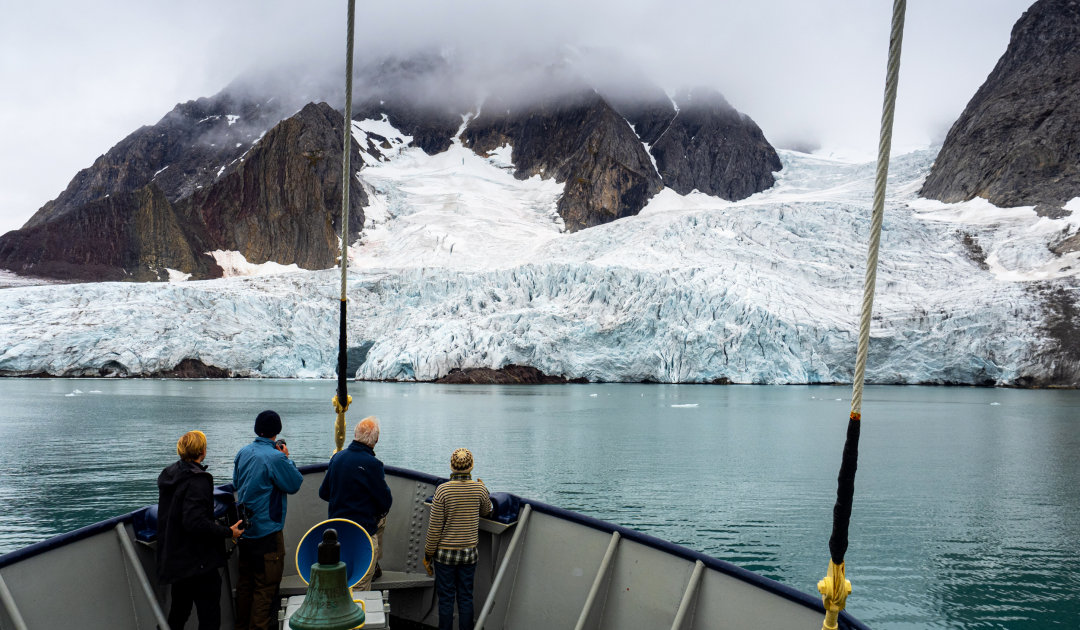
To visit Svalbard in autumn is an experience in itself. Although winter is already knocking on the archipelago’s door, one can still enjoy the classic hikes, Zodiac cruises and boat trips into the fjords. But everything is shed in softer light, which bathes the last plants and the animals like Arctic foxes with their now white winter coats, reindeers with their full-grown antlers, seals, the remaining bird species and also possible polar bears in warm autumnal colors. Sometimes, however, more polar conditions prevail when the cold winds from the north and northeast let the first snowflakes dance in the sky. All of this is the classic part of a Svalbard expedition, during which the archipelago is explored. But this PolarQuest odyssey goes one expedition step further. “We don’t have a fixed number of days that we spend on Svalbard. Because the weather determines our course,” Emma Nilsson explains further. That’s because a ship’s passage across the Barents Sea back to northern Norway awaits.

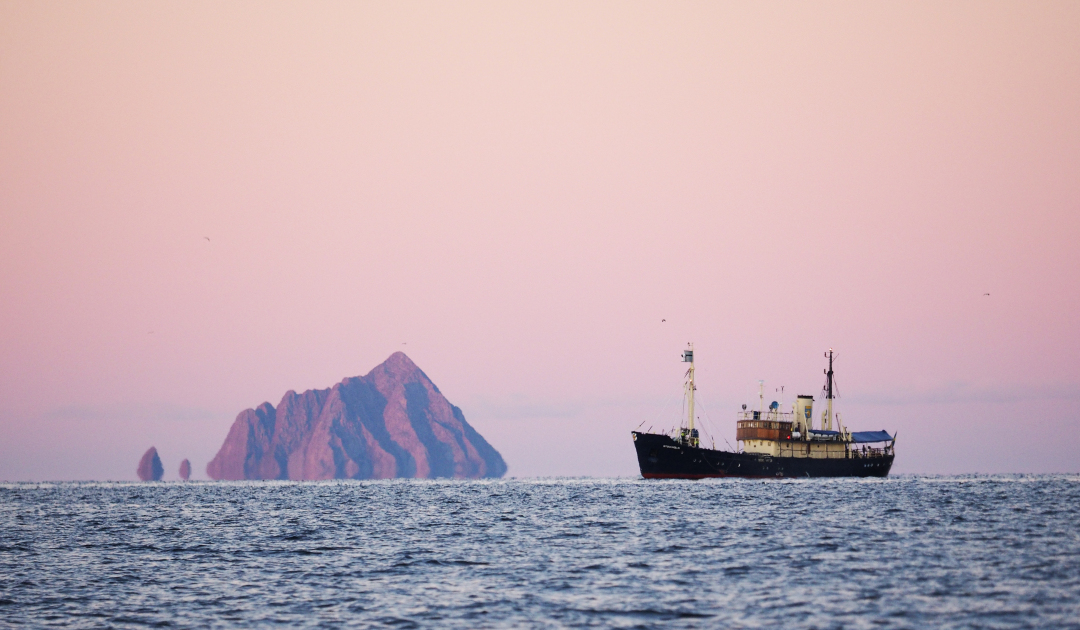
Sailing from Svalbard to northern Norway in the fall is an adventure not often undertaken. That’s because the weather in the Barents Sea can be quite similar to a Drake Passage or a voyage through the Denmark Strait between Iceland and Greenland. But in addition to the nautical adventure, another rarity beckons, namely a possible landing on Bear Island. This remote island is usually visited by ships in spring, when the vessels are on their way to Svalbard. In fall, hardly anyone passes by there and people have the outlook of having the whole island to themselves (except for the researchers who live on the station). A unique opportunity for all those who want to feel like an explorer from the golden age of polar exploration. To get there, however, PolarQuest relies on their MS Stockholm, a ship built in 1953 which not only exudes an equally explorer charm with its classic shape and appearance. The ship was explicitly built for conditions such as those in the Barents Sea and is therefore a safe value if it should indeed turn autumnal and stormy. “To avoid being surprised by bad weather, the sailing schedule and timetable are kept flexible, a prerequisite for any real expedition,” says PolarQuest.

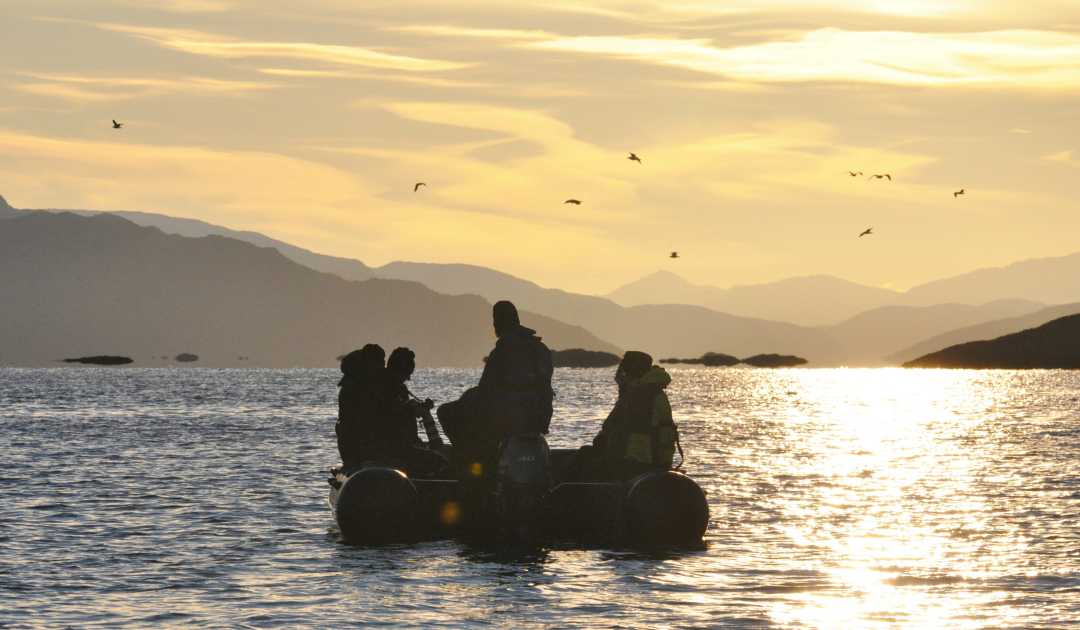
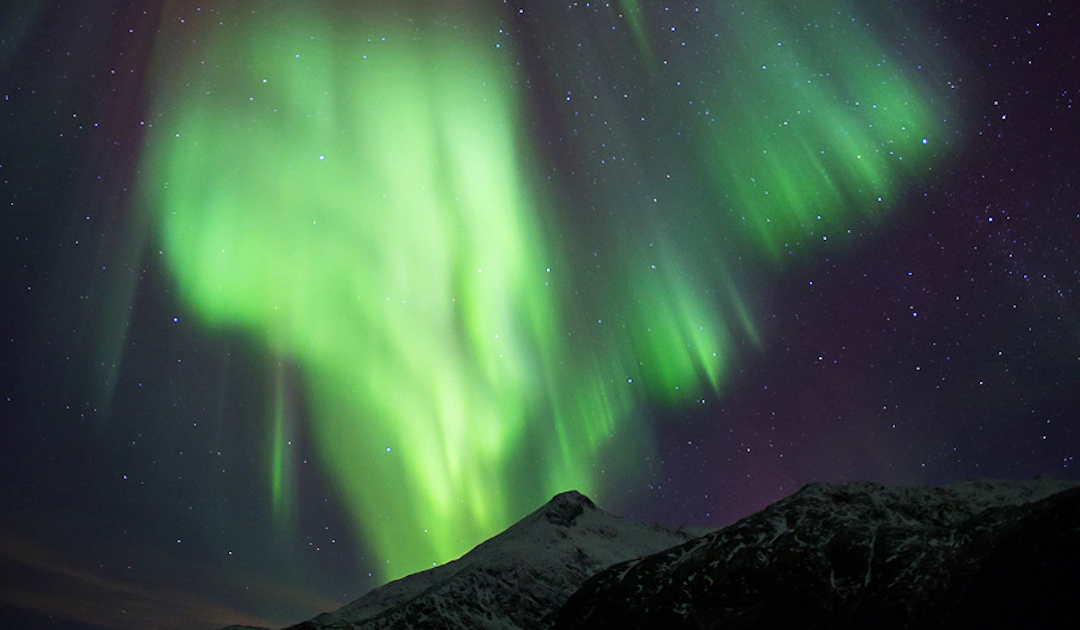

But the expedition does not end with the arrival in Northern Norway. The outermost tip of Norway also offers a lot to be explored. The spectacular fjord landscapes for which Norway is famous stretch even further here, leaving plenty of room for long explorations. Although already quite far south, the Arctic climate is still noticeable here, giving the hikes and cruises a similar feel to Svalbard. Unlike the High Arctic archipelago, however, here the Northern Lights, when they appear in the sky at night, can also be enjoyed on land. And even at the end, when the ship docks in the northern Norwegian “mini” metropolis of Tromsø, at least one eye must be turned toward the sky. Because the light that people have already followed as a guest from the wilderness of Svalbard can once again exude its magic even in the middle of civilization.
Dr. Michael Wenger, PolarJournal
Link to PolarQuest for more information





